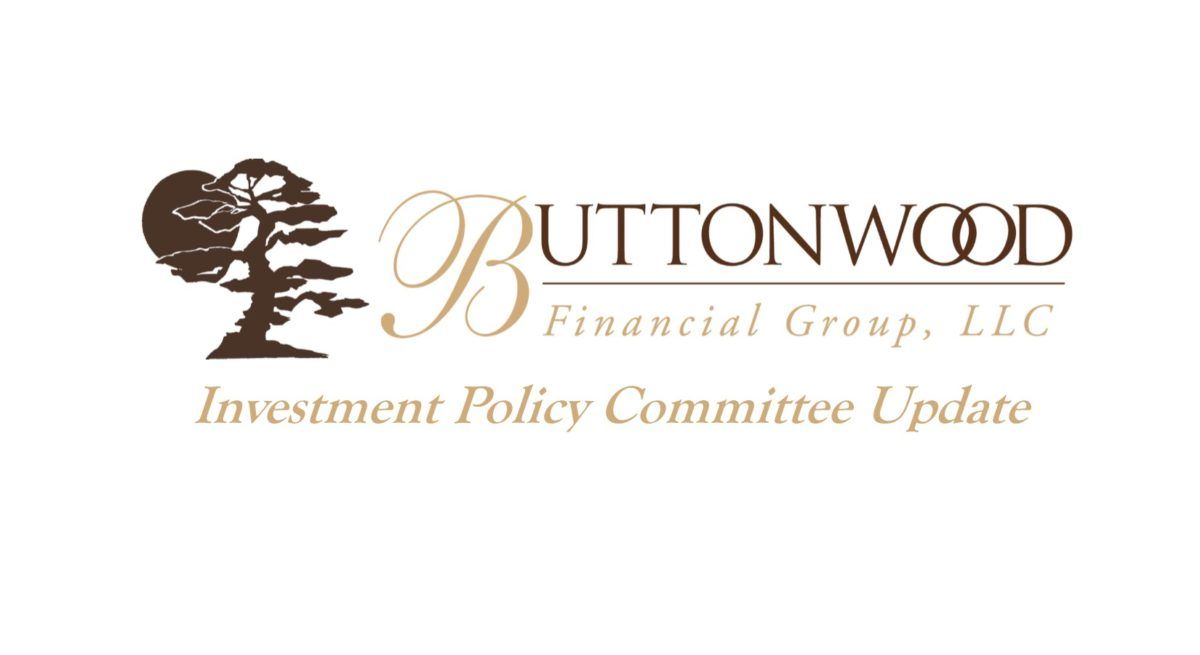Investment Policy Committee Update - April 2023
As we move forward in 2023, recent events continue to present mixed messages about the economy and future interest rate direction from the Federal Reserve Bank.
The collapse of two sizable US regional banks - and the decisive and unprecedented response by the FDIC and Treasury - showcase the real-world practical consequences of rapid financial tightening. As had been the case in the early 2000’s as well as 2008/9, events involving financial failure may persuade the Fed to soften the tone (and implied actions) of its hawkish messaging. The outcome of which could create more volatility in the short term but is likely to be positive for stocks over the longer term.
Looking at the breadth of the regional banking market; according to Haver Analytics, BlackRock, and Federal Reserve Board as of 2/28/2023, regional banks are responsible for nearly half of American business and consumer lending. Looking forward at possible implications of the failure of SVB and others, regional banks may face the likelihood of heightened cost of capital, further deposit leakage and increased need to overcollateralize. Such cracks across the sector may lead to slowdowns in lending; and less lending could represent real financial tightening. These late-stage economic cycle trends arguably have greater potential to adversely impact the economy than the slow(er) drip of ongoing Fed target rate increases. The FOMC in their statement released March 22, noted, “Recent developments are likely to result in tighter credit conditions for households and businesses and to weigh on economic activity, hiring, and inflation.”
We believe the elevated banking sector risks and tighter loan availability puts the prospect of additional Fed rate hikes in a new, less favorable light. The volatility already seen in rates between February and March could signal rising economic risk. In our view, the market may not yet properly reflect these risks and their ramifications for the broader economy. Therefore, we have repositioned tax deferred accounts to be more outright defensive with fewer stock bets, less sensitivity to volatility, and a long duration bias as a source of potential outperformance during peak moments of market stress.
In summary:
From our portfolio centric perspective, regardless of whether a formal recession materializes, these recent banking-related developments combined with earnings and economic data suggest potential downside risks for stocks. To be more outright defensive in our tactical positioning for tax deferred assets, we’ve reduced exposure to stocks and added potential diversification in the form of duration from bonds. However with tax implications and the short term technical trends positive, we have not adjusted allocation for taxable assets.
Within our more defensive positioning, we’ve trimmed exposure to small caps, momentum and emerging market stocks while tilting more towards companies with higher quality balance sheets and more predictable cash flows. Also, amidst unusually elevated uncertainty stemming from what we perceive to be the real-world practical consequences of rapid financial tightening, we have positioned for greater resilience and defensiveness from the bond portion of our portfolios by emphasizing the role of duration as a portfolio diversifier and trimming exposure to credit.
We will continue to provide ongoing updates on our views and investment positioning. Should you have specific questions about our strategy, please let us know and we will make sure to review details at our next meeting. And while we don’t recommend fixating on short term market fluctuations, if you would like to check specific investment performance across all your accounts, our Buttonwood Portal is available 24/7. Or you can contact us, and we will provide reports specific to your questions and financial life.
Thank you for your continued trust and allowing us to coordinate your asset management as part of our Family CFO services!
Recent Buttonwood Articles

Are you ready to explore the benefits of your very own Family CFO?





